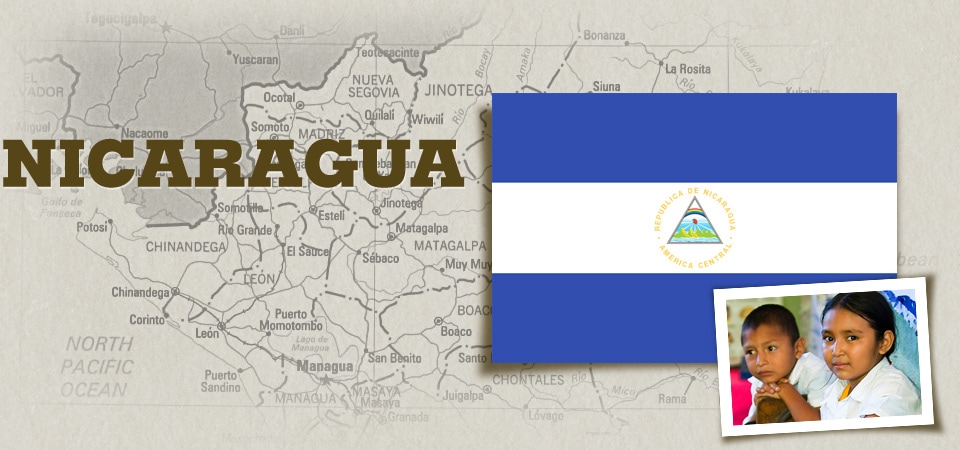source: https://edudeo.com/get-inspired/countries/nicaragua/By: Veronica Salazar Nicaragua is a country rich in history and culture; its people are incredibly humble and friendly, and its lakes, volcanoes, and beaches are second to none. For this reason, it may come as a surprise that Nicaragua is the second poorest country in the Western Hemisphere and the poorest Spanish-speaking country in the world. A series of civil wars, corrupt governments, and natural disasters have contributed to the extreme poverty the country faces, and unfortunately, education is not as prioritized as it should be. In Nicaragua, the school year runs from February through November and the system is composed of primary, middle, secondary, and vocational or university-level education programs. While education is described as being free and compulsory, children are only required to attend school until age 12, and attendance is not strictly enforced. For this reason, thousands of children drop out of school in order to enter the workforce and provide for their family. In fact, only 51% of Nicaraguans are said to reach the 5th grade. UNICEF representative, Philippe Barragne-Bigot, was described in The Guardian as believing that “Children drop out because of cultural norms driven by the cycle of poverty, poor-quality, lacklustre classes and the chronic lack of economic opportunities that makes school seem pointless.” The argument seems valid-- If children are discouraged by lack of opportunity, education is likely to be seen as meaningless. And when families are struggling to make ends meet, there is often no choice, but to abandon studies. Money continues to provide instant gratification, whereas the benefits of education seem intangible and insignificant. The fact that so many children drop out of school in order to join the workforce raises another concern: child labor. Nicaragua scores high in child labor-- it is estimated that there are between 250,000 and 320,000 child workers in the country, with one in three under the age of 14. Because of such high numbers of child labor, the government has been debating whether to raise the compulsory age of schooling. Some individuals believe that raising the age could prompt families to reorient their thinking toward education, while others believe that raising the age would not produce results because there is still lack of opportunity in the country. ______________________________________________________________________________________________________________________________ It is important to note that many Nicaraguans are aware of the lack of opportunity in the country, and work tirelessly to improve the quality of life for their people. One such organization is Fabretto, whose mission is to empower underserved children and families in Nicaragua to reach their full potential, improve their livelihoods, and take advantage of economic opportunity through education and nutrition. They, and so many others, have taken steps toward improvement in hopes of one day breaking the cycle of poverty. At Children Beyond our Borders, we also believe that education equals empowerment. We believe that every child deserves a brighter future, and that every child deserves to dream big. For this reason, we continue to raise awareness of the issues faced by youth in Nicaragua and other Latin American countries. Source: https://www.theguardian.com/global-development/2015/may/19/poverty-nicaragua-children-school-education-child-labour
1 Comment
Will B.
3/20/2020 03:45:55 pm
There is one incorrect claim in this article. Nicaragua is not the poorest Spanish-speaking country in the world. Equatorial Guinea is.
Reply
Leave a Reply. |
Archives
July 2021
|
|
Follow Us |


 RSS Feed
RSS Feed